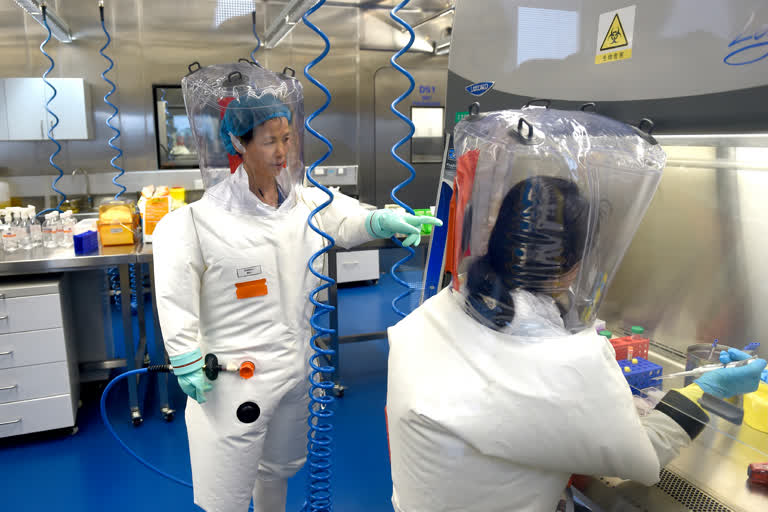Beijing: There are three strains of live coronaviruses in the Wuhan Institute of Virology, but none matches the virus that causes COVID-19, according to the director of the institute Wang Yanyi.
In an interview to state broadcaster CGTN aired on Saturday night, Wang Yanyi said that any suggestion that the SARS-CoV-2 leaked from her institute is pure fabrication.
After the COVID-19 outbreak started in Wuhan late last year and eventually became a global pandemic, the biosafety laboratory in China's Hubei province has been in the eye of a storm as conspiracy theories suggesting the virus could have leaked from the lab started gaining traction.
Those were later even picked by US President Donald Trump and Secretary of State Mike Pompeo.
Read | Virus lawsuits are illegal: China
However, Wang stressed that the current consensus of the international academic community is that the virus originated from wild animals. She also underlined the need for global cooperation to find answers to questions such as where the viruses that are highly similar to SARS-CoV-2 are.
"Now we have three strains of live viruses. One of them has the highest similarity, 96 percent to the SARS virus. But their highest similarity to SARS-CoV-2 only reaches 79.8 percent," Wang told the broadcaster.
Read | Wuhan lab head calls virus leak claims 'pure fabrication'
Over 5.3 million people in the world have so far tested positive for COVID-19 and more than 3,40,000 have died due to the pandemic, according to data compiled by Johns Hopkins University.
Wang said that her institute first received the clinical sample of unknown pneumonia on December 30 last year. Before that, they did not know the virus even existed.
"After we checked the pathogen within the sample, we found it contained a new coronavirus, which is now called SARS-CoV-2. We didn't have any knowledge before that, nor had we ever encountered, researched or kept the virus," she said.
(IANS)



